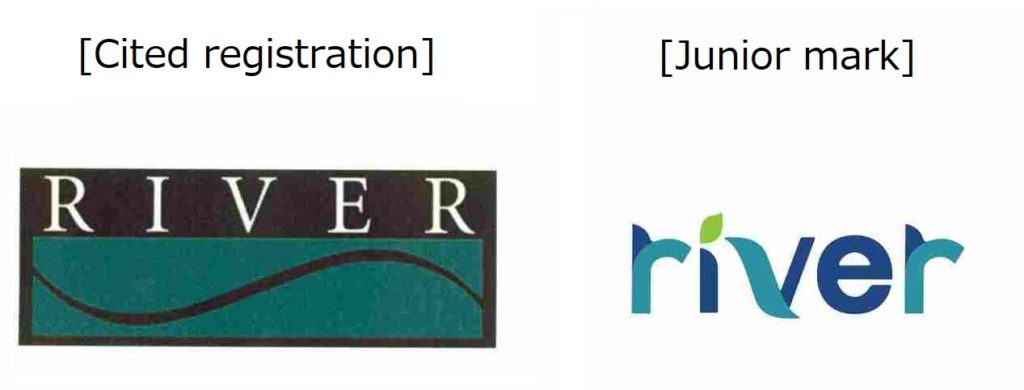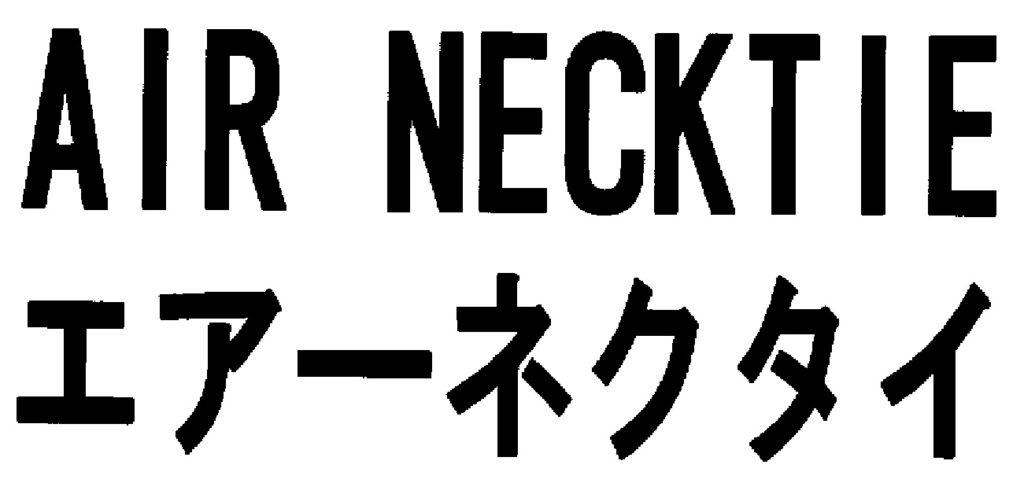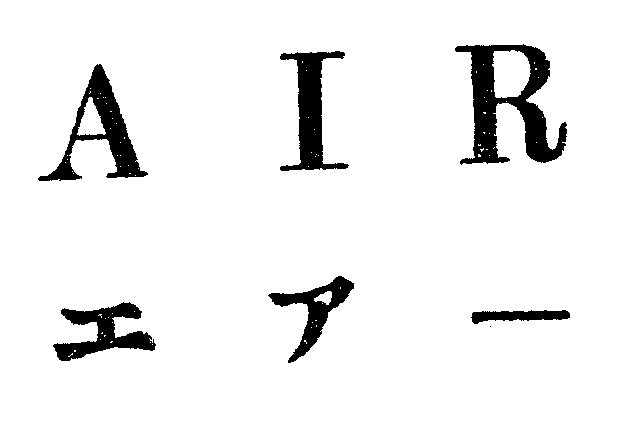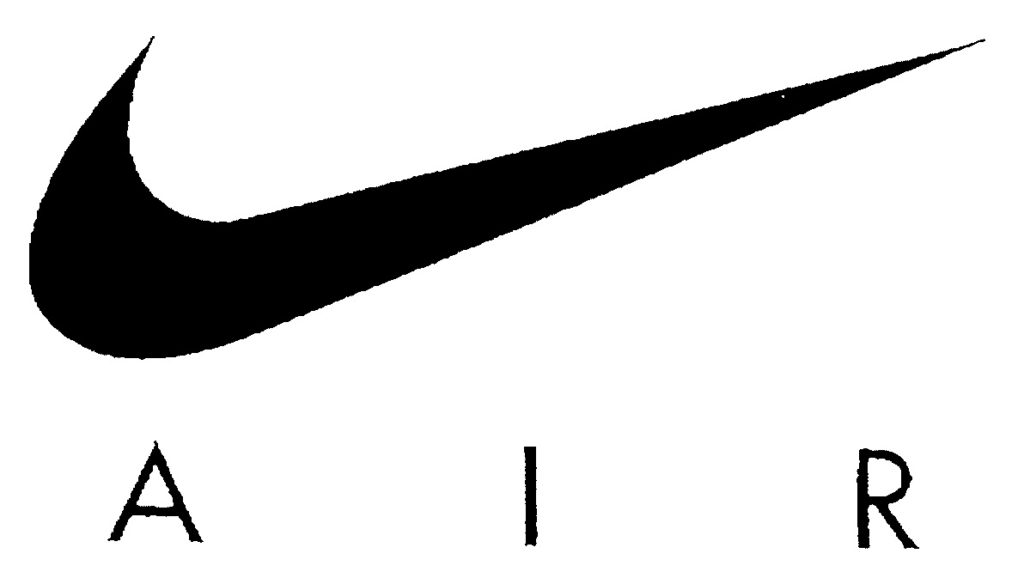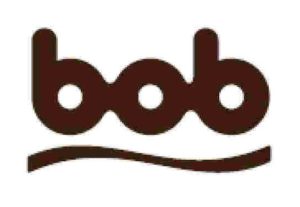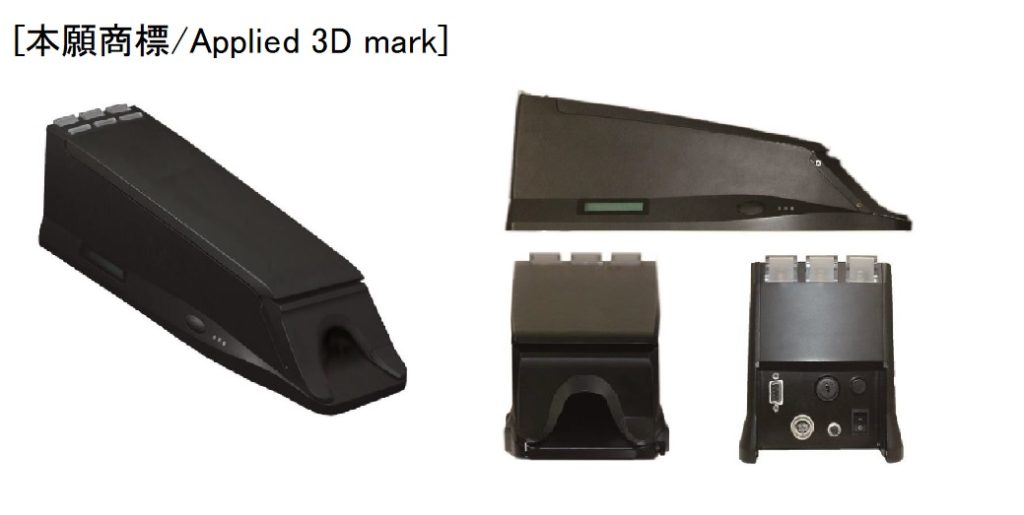On April 25, 2023, the JPO Appeal Board dismissed an appeal filed by HERMES INTERNATIONAL, a French luxury fashion house, and upheld the examiner’s rejection of TM App no. 2018-133223 for a color mark of Hermes box due to lack of inherent and acquired distinctiveness.
[Appeal case no. 2021-13743]Color mark of Hermes box
On October 25, 2018, HERMES INTERNATIONAL filed a trademark application for its iconic packaging colors, orange and brown (see below), as a color mark to be used on various goods in class 3, 14, 16, 18, and retail services in class 35 with the Japan Patent Office (JPO) [TM application no. 2018-133223].
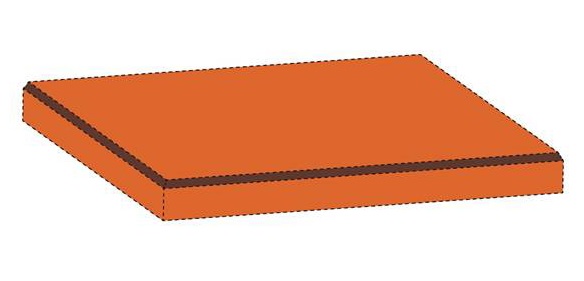
On July 9, 2021, the JPO examiner rejected the applied mark based on Articles 3(1)(iii) and 3(1)(vi) of the Japan Trademark Law by stating that colors per se would not have any distinctive character. It has been inherently selected to produce aesthetic function or psychological effect on all goods and services. Because of this reason, relevant consumers at the sight of goods or services bearing the applied combination of colors, orange and brown are unlikely to recognize it as a source indicator.
Appeal against the examiner’s rejection by Hermes
Hermes filed an appeal against the rejection on October 8, 2022, and argued inherent distinctiveness as well as acquired distinctiveness of the color mark.
In addition to the evidence regarding the substantial use of Hermes box for the past six decades, in order to bolster the acquired distinctiveness of the packaging color per se, Hermes conducted market research that targeted men and women in their 30s to 50s with incomes JPY10,000,000 and above residing in 9 prefectures. According to the research report, 36.9% of the interviewees answered Hermes when shown three boxes in different shapes with the color mark. 43.1% chose Hermes from the ten options.
JPO Appeal Board decision
The Appeal Board did not find any error in the examiner’s findings. The Board held “Colors are selected to enhance the impression and aesthetics of goods and services. Some colors are obtained naturally or inevitably to ensure the function of goods or services. Therefore, colors are not recognized to indicate the origin of goods or services and distinguish them from competitors.
The Board finds no particular reason to treat the case differently in the circumstances that competitors have used similar combinations of colors including orange and brown in the relevant industries. If so, the examiner’s findings are adequate and would not error in applying Article 3(1)(iii) and (vi) of the Trademark Law.
With respect to the acquired distinctiveness of Hermes box, the Board questioned the relevance of the market research to the issue by stating that relevant consumers of the goods and service in question shall not be restricted to “men and women in their 30s to 50s with incomes JPY10,000,000 and above”. Presumably, 43.1% would be much lower if general consumers nationwide are included in the research. If so, it would be anything but unreasonable to find the applied mark has yet to acquire distinctiveness among relevant consumers.
Based on the foregoing, the Board accordingly upheld the examiner’s rejection and decided to refuse the color mark of the Hermes box under Article 3(1)(iii) and (vi) as well as 3(2) of the Trademark Law.
Hermes is entitled to file an appeal to the IP High Court by August 23, 2023.

